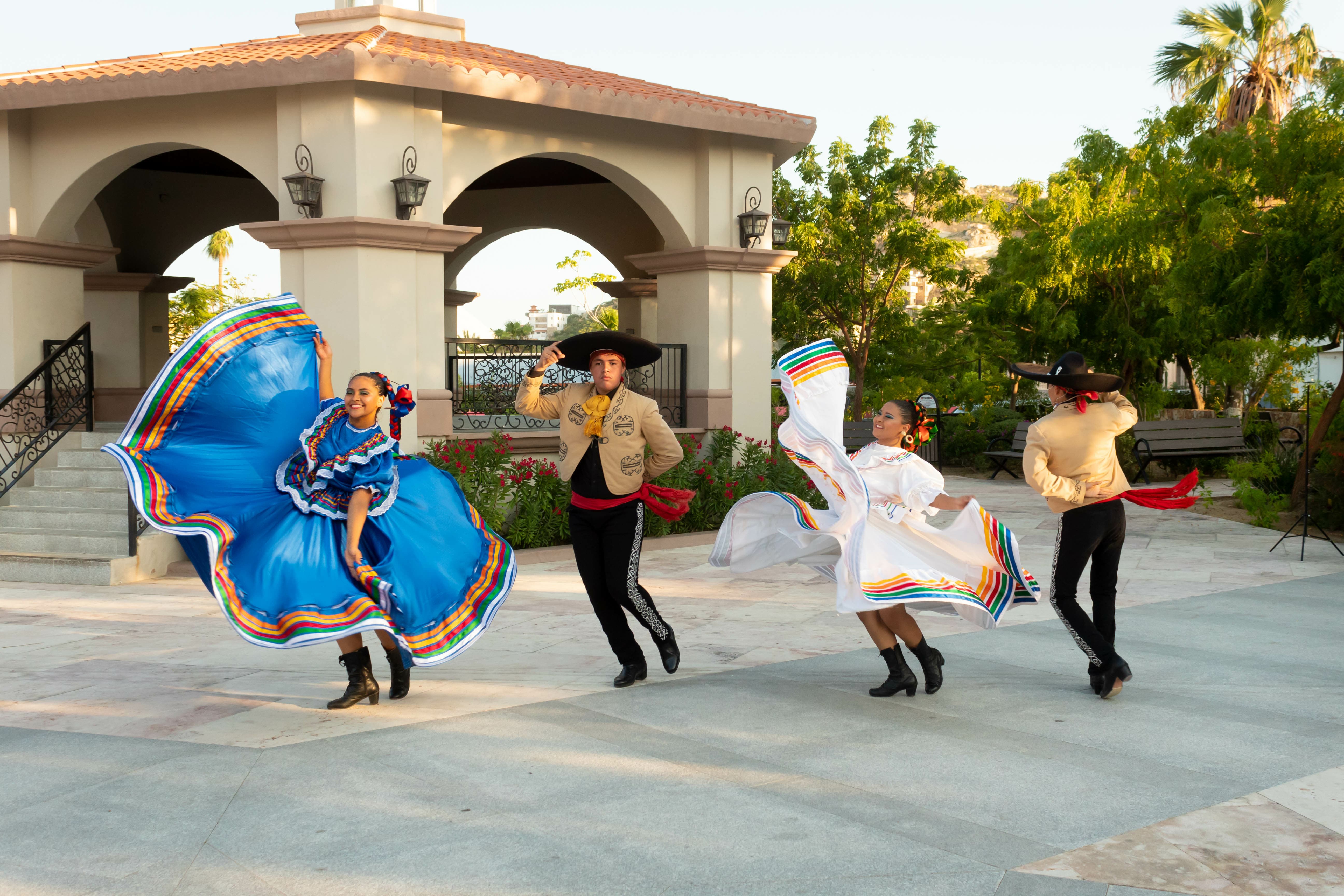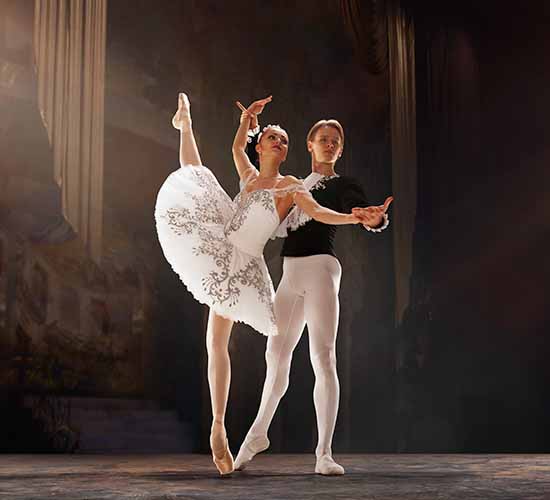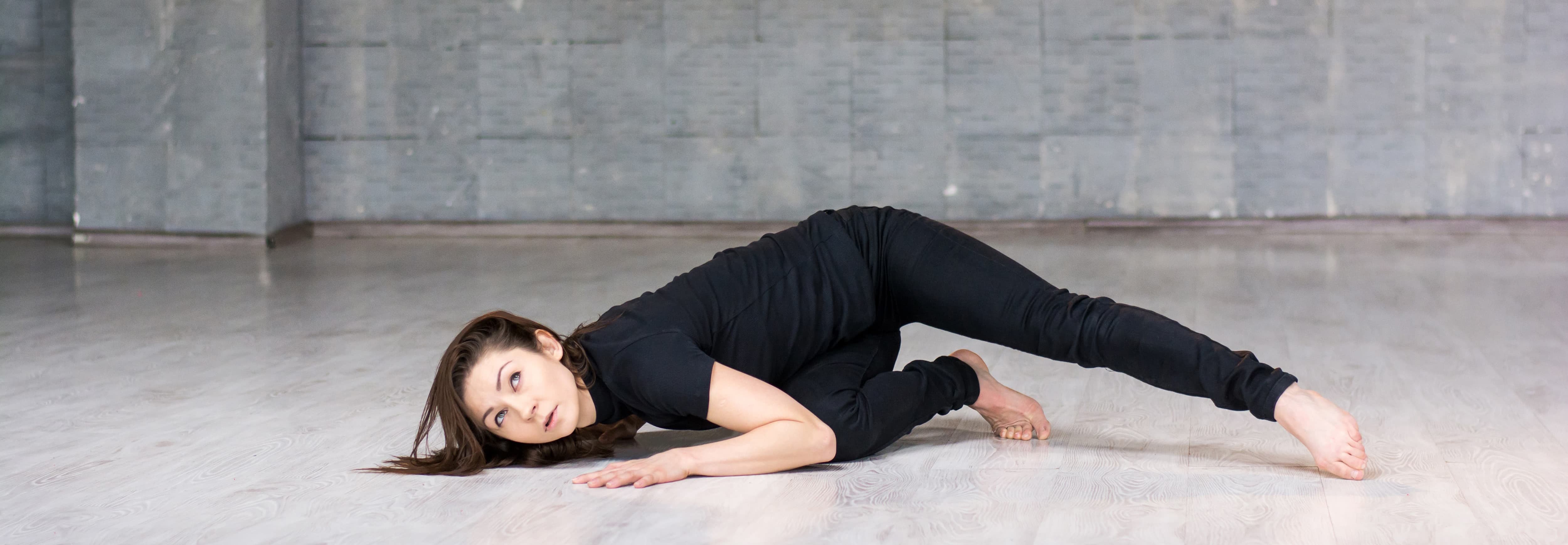Types of dances
Now that we know the origins and the history of dance, let's delve a little into the subject of cataloging it. In this article we will see in general the types of dance that we find today. In this way, we will divide the dance into three large groups:
- Popular or folkloric dances.
- Classical dances or classical ballet.
- Modern and contemporary dances.
Popular or Folkloric Dances
Every society, every people has its own roots and its own culture. This culture is closely linked to the way people decide to express themselves, and dance is one of the main forms of expression of peoples. folk dances are the traditional dances that characterize the identity of each people. They represent the culture, tradition and wisdom of each society, because that is what the word folklore means: wisdom of the people.
Folkloric dances are closely linked to tradition, which makes them a type of dance inherited over time, from person to person, and that their practice is not only intended for professionals. The moments in which this type of dance is most often represented are the celebrations of each region or the commemoration of important moments.
One of the best examples of folk dance is the flamenco, because it is internationally known.



Classical Dance or Classical Ballet
Unlike popular dances, the classic ballet is an academic dance. The classic ballet has a regulated technique, where each of its movements and expressions are fully codified, and the control of each part of the body - head, trunk, arms, hands, legs, feet, etc. - must be complete. Being an academic dance and of a highly demanding execution, its learning usually begins at a young age so that the dancers acquire the strength, resistance, flexibility and, in short, the absolute control of their body to be able to learn and execute each of the steps with great virtuosity.
Another characteristic points of the ballet is the dressing room. The garments for a performance are usually leotards with a skirt or tutu. As footwear, the most common are pointe and half-pointed shoes. It is necessary to have the muscles of the feet well strengthened and that their bone structure is well ossified.

Modern and Contemporary Dance
The modern and contemporary dance arises from the need to get away from that cloak of strict rules that surrounds classical dance. The important social, economic and political changes of the early 20th century push the world to look for ways to express itself more freely. One of them is the dance. Both in Europe and in the United States, in the first half of the twentieth century, artistic movements are developed that move away from the influences of traditional dances and try to represent more natural movements, where the dancer is very aware of the space that surrounds him and uses gravity to give more naturalness to his movements, even becoming the floor an important part of the stage to express a great variety of postures.
From the second half of the twentieth century, contemporary dance emerges, which tries to unite components of modern dance together with components of classical dance. contemporary dance maintains freedom in movements and in the use of space, but seeks that technique also prevails, even if it is a product of improvisation.

Share this content

By Sara 09/06/2024 18:37:38
Tengo pereza